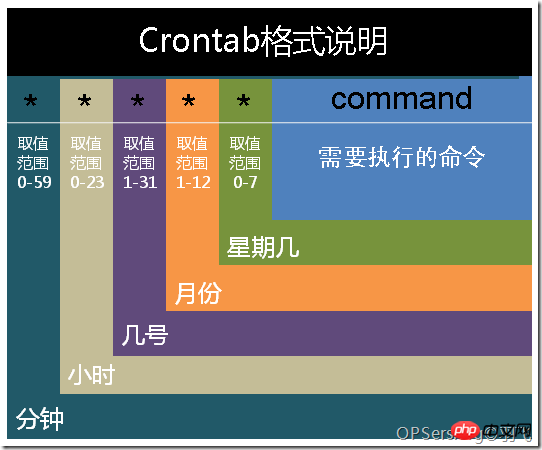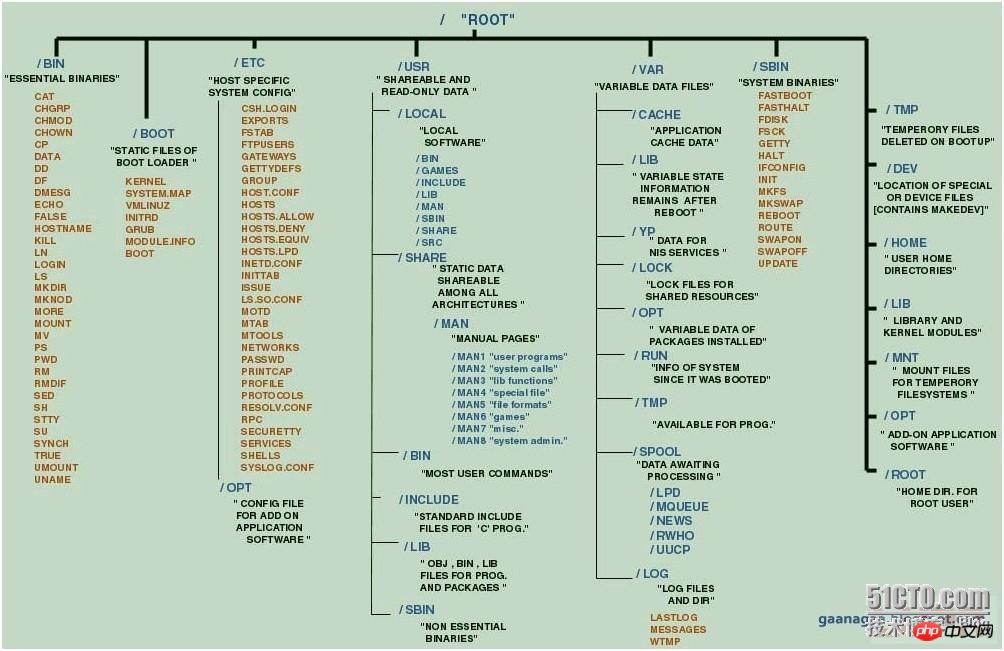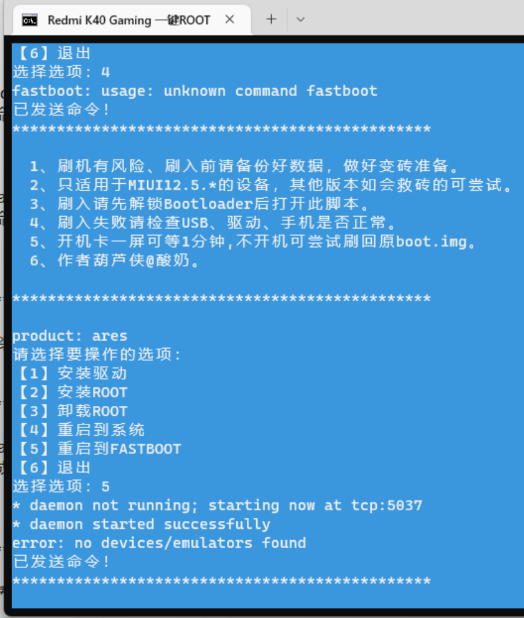首先建立50万个文件:
test for i in $(seq 1 500000) for> do for> echo test >>$i.txt for> done
1.rm
test time rm -f * zsh: sure you want to delete all the files in /home/hungerr/test [yn]? y zsh: argument list too long: rm rm -f * 3.63s user 0.29s system 98% cpu 3.985 total
由于文件数量过多,rm不起作用。
2.find
test time find ./ -type f -exec rm {} ; find ./ -type f -exec rm {} ; 49.86s user 1032.13s system 41% cpu 43:19.17 total
大概43分钟。
3.find with delete
test time find ./ -type f -delete find ./ -type f -delete 0.43s user 11.21s system 2% cpu 9:13.38 total
用时9分钟。
4.rsync
首先建立空文件夹blanktest
~ time rsync -a --delete blanktest/ test/ rsync -a --delete blanktest/ test/ 0.59s user 7.86s system 51% cpu 16.418 total
16s,很好很强大。
5.Python
import os import time stime=time.time() for pathname,dirnames,filenames in os.walk('/home/username/test'): for filename in filenames: file=os.path.join(pathname,filename) os.remove(file) ftime=time.time() print ftime-stime
~ python test.py 494.272291183
大概用时8分钟。
6.Perl
test time perl -e 'for(){((stat)[9]){((stat)[9]
© 版权声明
文章版权归作者所有,未经允许请勿转载。
THE END














